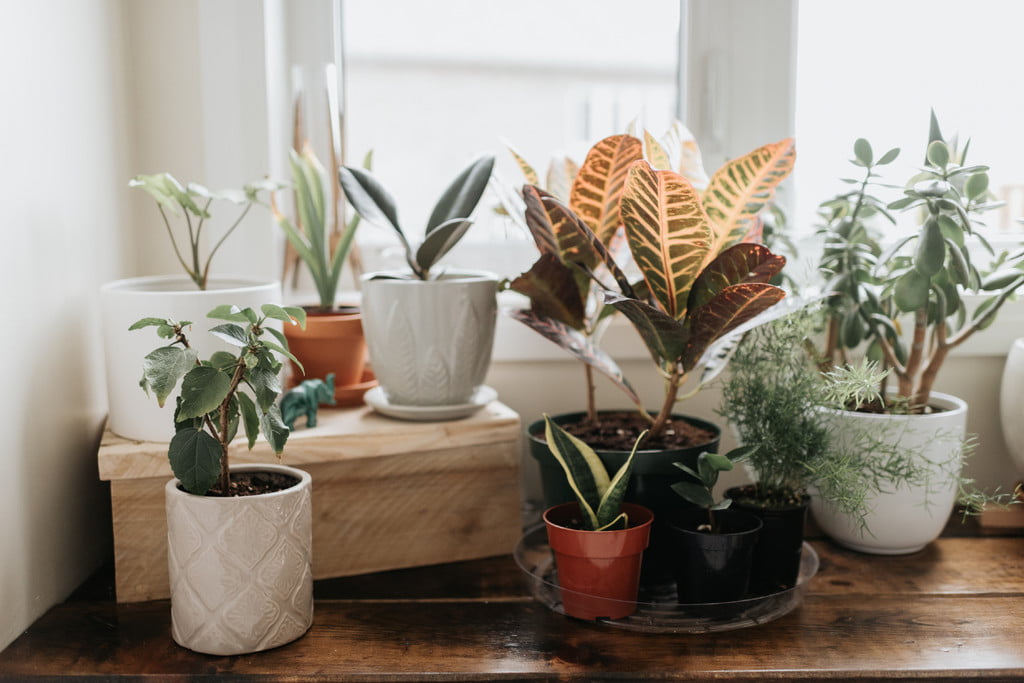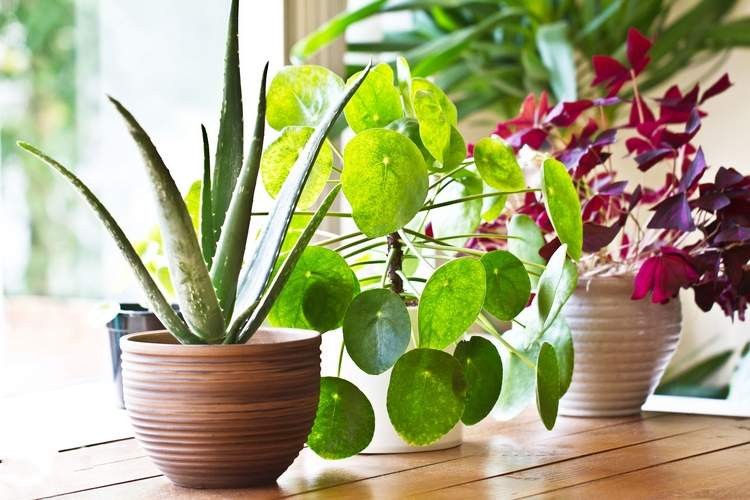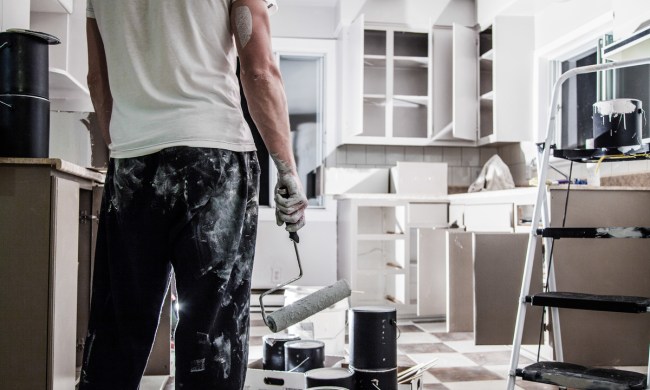House plants literally bring life to a home, adding a fresh breath of air to your living room, kitchen, bedroom, or even your bathroom. In addition to adding rich color and style, they can also improve the very air you breathe.
Unfortunately, house plants can be costly and difficult to maintain, depending on the species you pick. If you don’t have a green thumb, or just don’t have the time or resources to maintain demanding seedlings, it’s best to opt for low-maintenance, inexpensive, and, of course, beautiful plants for your home.

Where to get cheap house plants
Plant stores have sales, too
Just like any other retail business, plant nurseries have occasional sales where you can find gorgeous, leafy shrubs for a fraction of their regular price. Most often, however, the most heavily discounted plants are a bit tattered or sad looking, often due to damage in transit. With a little love and your wonderful green thumb, you can nurse it back to health.
While we don’t recommend dumpster diving, sometimes big box stores plan to dump unsold plants and bulbs at the end of the selling season. During this time, ask a sales associate if they have plants that they’re planning to toss. Often they’ll heavily discount them or may even give you one or two for free.
Be on the lookout for plants harboring bugs — that’s one thing you definitely do not want to bring into your home. These insects are pesky and may be carrying diseases that could harm your family as well as any other plants in your home.
Think beyond the grocery store
While you can sometimes get great deals on plants at your local grocery store or farmer’s market, they may not always have the largest assortment of plant varieties. Instead, take advantage of plant swaps. During these events, you simply bring some of your own plants, swap them out for others, and expand your plant collection without spending a dime. Check out community Facebook pages to discover local plant swap events, check out websites like plantswap.org, or organize a swap among your fellow plant-loving friends.
If you live in a city, you may also find discarded houseplants on the side of the street as tenants move and leave a litany of items behind for others to enjoy. Again, check them thoroughly for bugs before bringing your freebie home.

Cheap indoor plants
These are some of our favorite inexpensive and low-maintenance house plants.
- Aloe Vera: Provided it gets a little water every two to weeks and plenty of sunlight, aloe vera is a very easy plant to grow indoors. Plus, it has natural healing abilities hidden inside its leaves. Just break one off to reveal a soothing gel you can massage onto your skin to alleviate sunburn pain, heal minor burns, and even clear up acne.
- Krauss’ Spike Moss: Because this inexpensive houseplant needs consistently moist soil, it makes an excellent house plant for the bathroom where the steam and humidity of daily showers and baths will help this plant thrive. Be aware that it’s an avid grower, so you’ll need to trim it back from time to time, but it requires very little maintenance otherwise. Pro tip: Instead of composting the cuttings, use them to grow even more plants! Just root the cutting in a planter with moist soil and watch it grow.
- Lady Palm: With elegant stalks that resemble bamboo, this plant is both low maintenance and pest resistant, making it an ideal option for house plant beginners. As long as the top level of soil feels moist and it gets a bit of sunlight, it will thrive. Re-pot it every couple of years and it will grow as big as your space permits.
- Janet Craig: So incredibly easy to care for, this plant thrives off of a hands-off strategy. With a little light and water just once a week, it will grow and grow, potentially up to about seven feet high if it’s taken care of properly.
- Stromanthe: Greenery is lovely, but if you want to add a little color to your plant collection, this is just the one you’re looking for. It boasts full variegate foliage with vibrant shades of pink that look hand-painted. As if its beauty and relatively low maintenance weren’t enough, this plant is also a natural air filter, keeping your rooms feeling fresh.
- Braided Money Tree: If you’re looking to add an indoor tree to your house plant collection, this is one of the most budget-friendly options available. With its unique braided trunk, it’s a popular choice among plant lovers, and Chinese folklore claims it brings fortune and good luck. Keep it out of direct sunlight in a warm, moderately humid spot to see maximum growth.
There’s no need to spend a fortune or have a super green thumb to enjoy a house full of house plants. You can find great, easy-to-care-for houseplants for next to nothing — or even for nothing at all. Just add water, sun, and enjoy!



